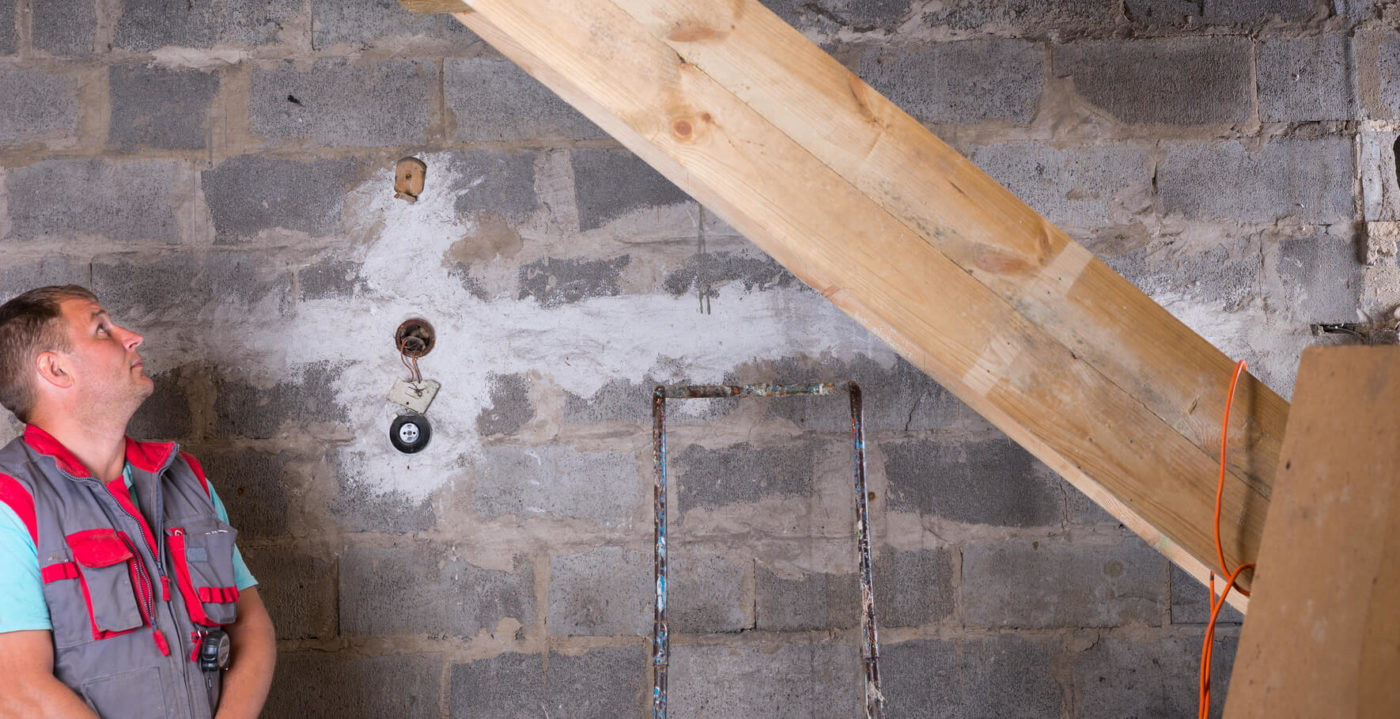More often than not, homes built before 1978 contain traces of lead in paints on both the house’s interior and exterior. When renovating, demolishing, or reconstructing anything in a home built before tighter lead laws came into effect, it’s crucial to have a certified and highly trained contractor to help keep things safe.
Working with an uncertified lead contractor and their construction crew can be a costly mistake for homeowners. Not only will it negatively impact your health, but it’ll also affect your wallet. Below, we take a look at lead laws in the United States and how to avoid having an expensive and unsafe mess on your hands.
Looking at Lead Laws
People have been aware of the dangers of lead poisoning for hundreds of years. However, the harmful substance was still often used in the manufacturing of several household products and items. It wasn’t until 1978 that the United States finally banned lead-based paints in new construction.
Although new houses are now being built with safe, highly regulated paints and construction materials, older homes can still contain lead. Since disturbing lead-contaminated building materials in any way may negatively impact people’s health, the government had to impose strict regulations for contractors. That leads us to the EPA’s Lead Renovation, Repair, and Painting Rule.
The RRP Rule
The U.S. Environmental Protection Agency (EPA) is responsible for enacting the Renovation, Repair, and Painting Rule, or RRP Rule in April of 2010. Through its studies, the EPA has found that there is no safe level of lead inside residential structures. Lead exposure can lead to several severe health issues, including:
- Developmental delays and disabilities
- Mental health issues and mood disorders
- Hearing loss
- Seizures
- Infertility
- Migraines
- Joint and muscle pain
The long-term health impacts of lead exposure are debilitating, even more so for children than adults. With all the health risks and hazards surrounding lead disturbances, it’s unsurprising that the EPA developed the RRP Rule.
The RRP Rule requires all contractors working construction on pre-1978 homes to receive lead-safe certifications through the EPA. The rule aims to encourage contractors to reduce or eliminate lead dust during construction and renovation projects. Training for these certifications teaches contractors and their crew members the proper methods and work practices to contain and minimize lead-contaminated dust in the workspace and surrounding home.
The law applies to all construction and renovation projects regardless of their size. When more than six square feet of a lead-contaminated surface is disturbed, all workers and supervisors must be certified. From a small window replacement to the demolition of an entire wall, if you’re planning construction on a pre-1978 home, you need to work with EPA-certified lead contractors.
EPA Certifications for Lead Renovation
There are several certifications that contractors and construction professionals can obtain through the Environmental Protection Agency. Training courses such as this one provide workers with the information and knowledge required to perform construction tasks safely. Different jobs require a unique certification from the EPA, including:
- Lead renovations
- Lead risk assessments
- Lead abatement
- Lead testing
- Lead dust sampling
Registering with the EPA requires a $300 fee, and all certifications must be renewed every five years. Regular refresher training keeps contractors informed on the best practices for minimizing lead dust exposure on job sites. Most one-day training courses will run a cost of about $250 per worker. With comprehensive training, contractors can keep their customer’s residence safe and clean.

Going With an Uncertified Contractor: What’s the Risk?
Working with an uncertified contractor is every homeowner’s nightmare because they will wind up costing you a fortune, with a side order of stress and headaches. Uncertified lead contractors don’t have the proper training to know the best practices for lead renovation or removal. Their inexperience can lead to increased exposure to lead dust, which is dangerous to human health.
If the risks of lead poisoning due to dust exposure (i.e., construction) aren’t enough to scare you into utilizing an EPA certified lead contractor, perhaps the pricetag of fines if you’re found out will. Contractors who violate the RRP Rule risk a $37,500 penalty per incident, per day if found out. Unsurprisingly, this fact alone convinces most contracting companies to obtain certifications for all of their workers. A $250 training course is a small fee compared to several thousand dollars.
Additionally, if a homeowner acts as the General Contractor for their own home, hiring individual workers without certification, the homeowner themselves is responsible for the same fine. It’s crucial to ensure that you’re in line with local guidelines and regulations, no matter your project’s size, to avoid these considerable costs.
Using an EPA Certified Lead Contractor
Working with an EPA certified lead contractor can keep you from hefty fines and dangerous air quality in your household. Hiring unskilled and untrained workers without certifications will only lead to issues both monetarily and health-wise.
If you’re expecting to perform renovations on a home built pre-1978, it’s essential that you only consider certified contractors and construction companies. There are several ways to ensure you’re working with a trustworthy, reputable, and well-regulated contractor:
- Ask for recommendations from family, friends, or neighbors.
- Explore online reviews via Google, Yelp, and other home improvement sites.
- Ask for proof of accreditation at the time of consultation.
- Use an online background check tool to confirm accreditation.
A good contractor won’t shy away from your concerns surrounding valid certifications. The RRP Rule has been in effect for over a decade at this point, so experienced construction companies and contractors are extremely familiar with the protocol. With proper initial training and regular refresher certification courses, certified lead renovation contractors can keep their customers safe and happy.
Following the RRP Rule is the right way to minimize exposure to lead and avoid any chances of lead poisoning. Next time you need even the slightest amount of renovation on an older home or building, it’s best for both your health and your budget to choose an EPA certified lead renovator.


